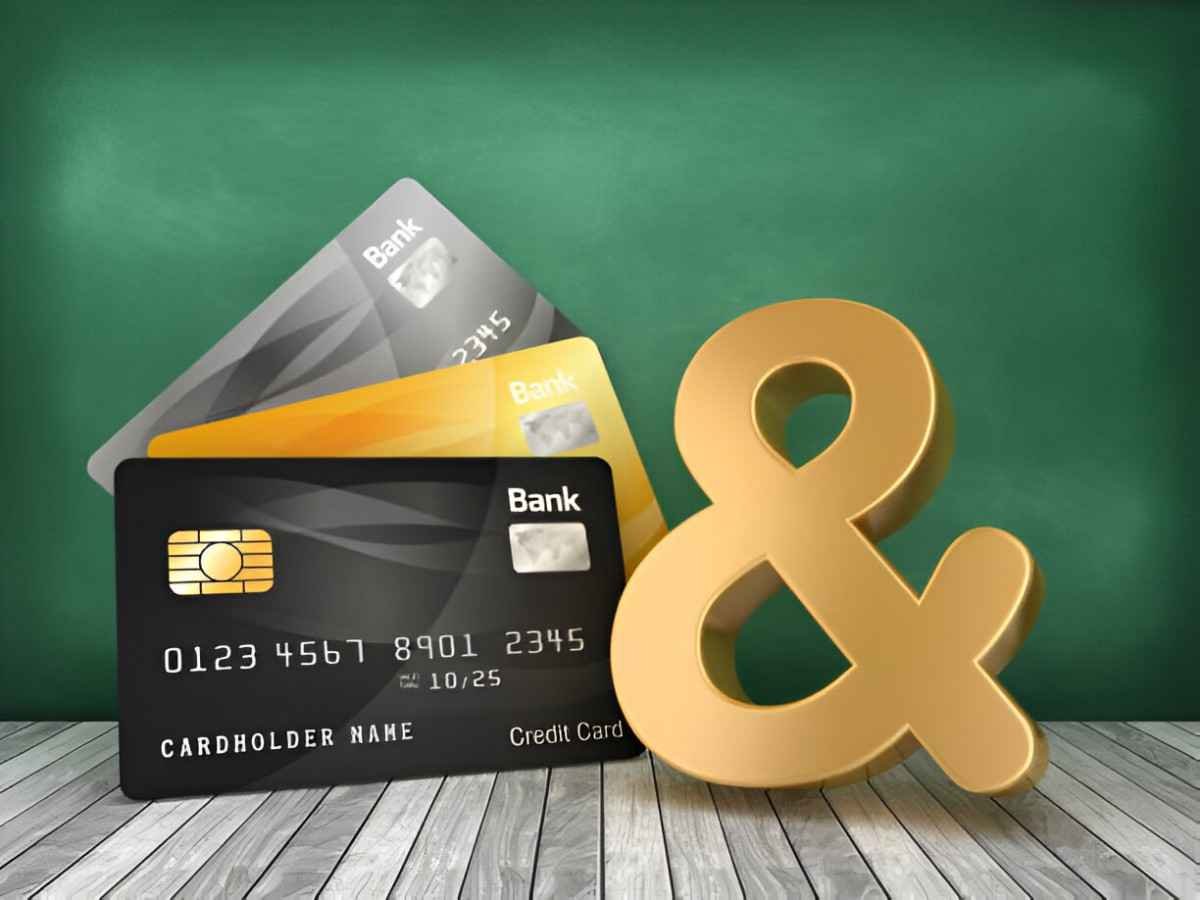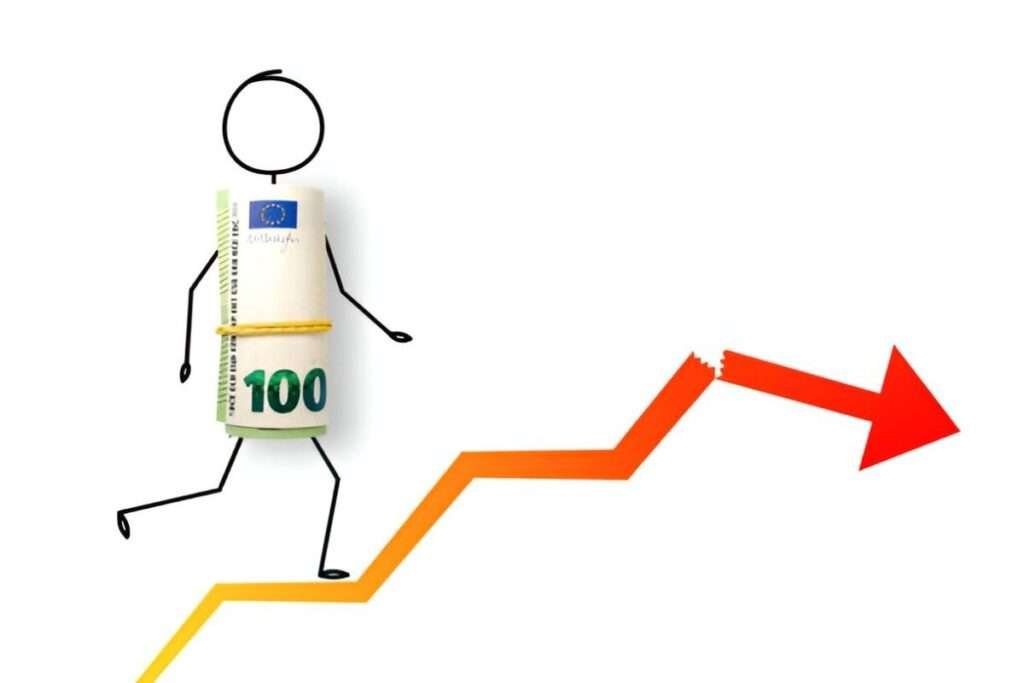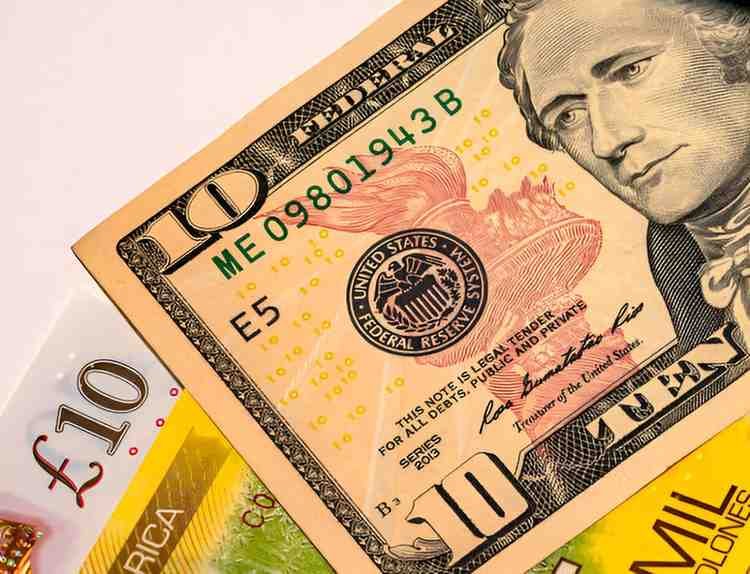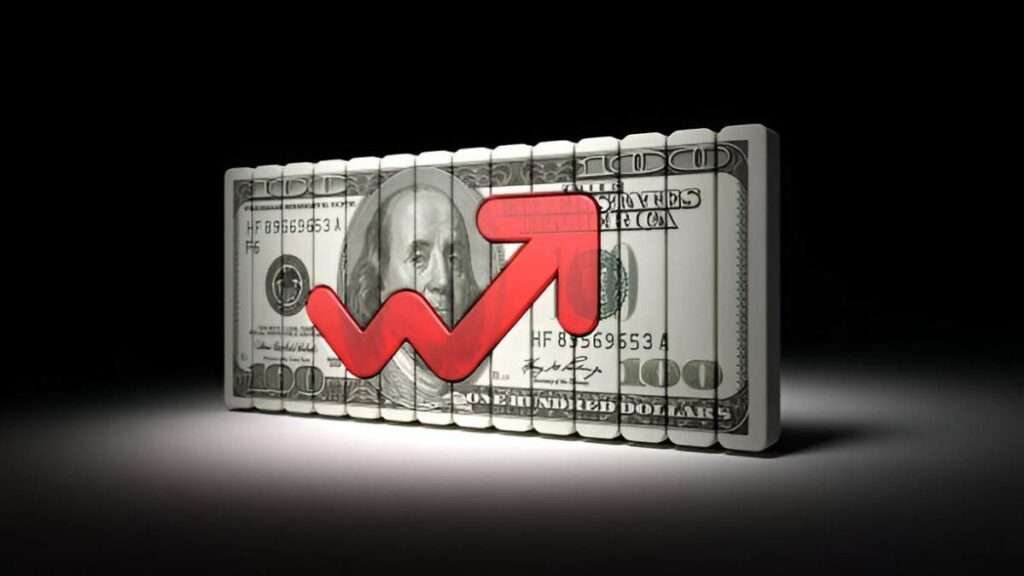Introduction
International travel and online purchases from foreign merchants often lead to hidden fees on credit cards. One of the biggest culprits is the foreign exchange (forex) markup, an extra charge that credit card issuers impose on transactions made in foreign currencies. While many cards charge 2–3% on top of the currency exchange rate, some credit cards eliminate this fee entirely. These are known as 0% forex markup credit cards.
Understanding how these cards work, their advantages, and potential trade-offs can help consumers save money. In this article, I will cover the mechanics of forex markups, compare top 0% forex markup credit cards available in the U.S., and discuss strategies for maximizing benefits while avoiding pitfalls.
Table of Contents
What Is a Forex Markup Fee?
A forex markup fee, also called a foreign transaction fee, is a surcharge applied to credit card transactions processed in a non-U.S. currency. This fee typically consists of:
- Network Fee: Visa and Mastercard generally impose a 1% fee for currency conversion.
- Issuer Fee: Banks and card issuers often add an additional 1–2% fee on top of the network fee.
For example, if you spend $1,000 in Europe with a card that has a 3% forex markup, you would pay an additional $30 in fees:
1,000 \times 0.03 = 30Why Do Banks Charge Forex Markups?
Banks justify forex markup fees by claiming they help cover the cost of currency conversion and fraud protection. However, with technological advancements and competition, many issuers now offer 0% forex markup credit cards to attract international travelers and online shoppers.
Advantages of 0% Forex Markup Credit Cards
1. Cost Savings
A 0% forex markup card can save you money on every foreign purchase. Using the previous example, a 0% markup card would eliminate the $30 fee.
2. Better Exchange Rates
These cards often use real-time interbank rates without additional markups, making exchange rates more favorable compared to standard cards.
3. Ideal for Frequent Travelers
If you frequently travel abroad or make purchases in foreign currencies, a 0% forex markup card eliminates unnecessary fees, adding up to significant savings over time.
4. More Transparency
With no hidden fees, the cost of a transaction is more predictable. You can calculate the exact cost of a foreign purchase without worrying about additional surcharges.
Top 0% Forex Markup Credit Cards in the U.S.
Several credit cards offer 0% forex markups. Below is a comparison table of some of the best options available:
| Card Name | Annual Fee | Rewards Program | Additional Perks |
|---|---|---|---|
| Chase Sapphire Preferred | $95 | 2x points on travel & dining | Trip delay insurance, primary car rental insurance |
| Capital One Venture Rewards | $95 | 2x miles on every purchase | TSA PreCheck/Global Entry credit |
| American Express Platinum | $695 | 5x points on flights booked directly with airlines | Luxury travel benefits, airport lounge access |
| Bank of America Travel Rewards | $0 | 1.5x points on all purchases | No annual fee, flexible redemptions |
| Discover it Miles | $0 | 1.5x miles on all purchases | Cashback match for the first year |
Factors to Consider When Choosing a 0% Forex Markup Card
1. Annual Fees
Some premium travel cards with 0% forex markup have high annual fees. Weigh the benefits against the cost.
2. Rewards Structure
Different cards offer varying reward structures. If you travel often, a card with travel-focused rewards may be ideal.
3. Additional Perks
Travel insurance, airport lounge access, and rental car coverage can enhance the value of a card beyond just forex savings.
How to Maximize a 0% Forex Markup Card
1. Use It for All Foreign Purchases
Always use your 0% forex markup card when traveling abroad or shopping from international retailers.
2. Avoid Dynamic Currency Conversion (DCC)
Merchants may offer to charge you in U.S. dollars instead of the local currency. This is known as Dynamic Currency Conversion (DCC), and it usually comes with a poor exchange rate. Always choose to pay in the local currency.
3. Pair With a No-Fee ATM Card
For cash withdrawals abroad, consider a debit card with no foreign ATM fees, such as the Charles Schwab High Yield Investor Checking account.
Examples of Savings With a 0% Forex Markup Card
To illustrate how much you can save, let’s compare a standard credit card with a 3% forex markup versus a 0% forex markup card for a trip abroad.
| Expense Type | Cost in Foreign Currency | Standard Card (3% Fee) | 0% Forex Markup Card |
|---|---|---|---|
| Hotel Stay | €1,000 | $1,030 | $1,000 |
| Dining | €500 | $515 | $500 |
| Shopping | €300 | $309 | $300 |
| Total | €1,800 | $1,854 | $1,800 |
In this case, the traveler saves $54 by using a 0% forex markup card.
Common Misconceptions About 0% Forex Markup Cards
1. They Offer Poorer Exchange Rates
Some believe these cards compensate for the lack of fees by offering unfavorable exchange rates. However, most use standard network rates, which are competitive.
2. They Are Only for Frequent Travelers
Even if you don’t travel often, these cards are useful for online purchases from international merchants.
3. They Lack Rewards
Many 0% forex markup cards offer robust rewards programs, including travel points and cashback.
Final Thoughts
A 0% forex markup credit card is a valuable tool for anyone who spends in foreign currencies. Whether you are a frequent traveler or someone who shops from international websites, eliminating forex fees helps keep costs low.
When selecting a card, consider factors such as annual fees, rewards, and additional perks to find the best fit for your spending habits. Avoid common pitfalls like DCC and always pay in the local currency to maximize savings. By making informed choices, you can enjoy global spending without unnecessary costs.





